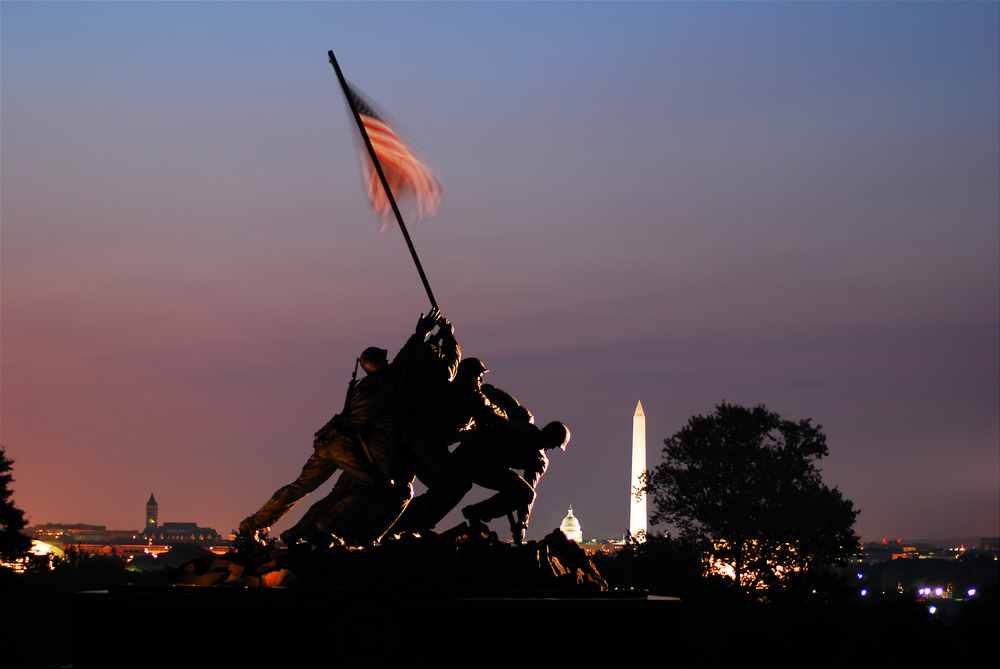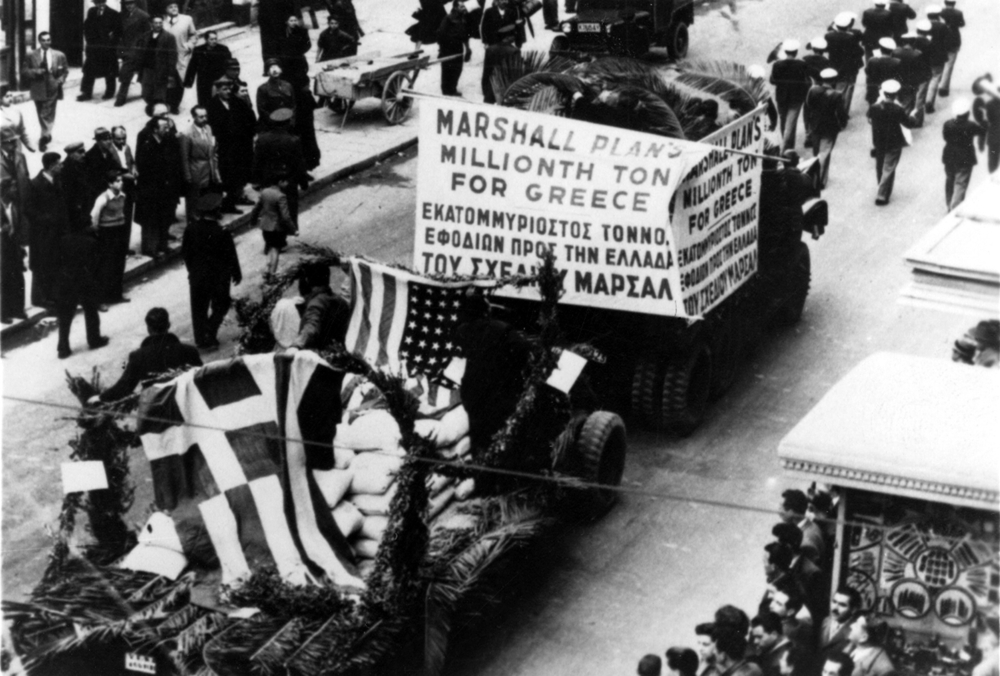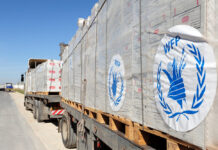The end of World War II resulted in the near total destruction of Europe’s powerful nations and the global complex of colonialism they erected over the course of the prior century. It was only a few years into the postwar period when Great Britain withdrew from almost all of its prized colonial holdings throughout the world. France followed. The rise of new and independent states from Africa to Asia in the late 1940s transitioned these areas of the world out of subordination to colonial powers and into the new post-war nation-state age.
This is an excerpt from the 2019 book How the World Ends: Understanding the Growing Chaos. At that time JB Shreve explained how three core crises (population, food, and water) would contribute to a terrific rise in chaos across the globe during the next half century. By-products of these core crises would be pandemics, resource wars, social unrest, and increasing divides between rich and poor. These secondary crises would amplify the coming storm. All of that is happening now, even faster than predicted at the end of 2019. We are publishing portions of the “food crisis” section of the book here each day this week. Readers who want to go deeper are encouraged to purchase your copy of the book here.
History of the Modern Global Food System
Colonialism, for all its oppressive evils, was the mechanism by which the world and its various systems were held together until this time. The global order of everything from economy to food was coordinated through the links of colonial power, priorities, and networks. India, for example, had been seen as the jewel in the crown of the British Empire within the colonial system because of the sheer scale of resources the subcontinent provided to the wider empire. India’s spices, jewels, textiles and manpower were all key resources empowering Britain to rule and fuel its armies and administrations throughout the rest of the world.
Immediately after Indian and Pakistani independence (the subcontinent was split between Muslim and Hindu nationalists), a massive and chaotic period briefly ensued upon the people there. This chaos meant hunger, death, and deprivation for many citizens of the new nations. The driving force for these tragedies was not a lack of resource but a lack of organization and coordination in the vacuum left by the withdrawal of the British. Similar scenes were taking shape throughout the world at this time as colonialism collapsed. While the old colonized world convulsed under its new freedoms, however, a different type of chaos and deprivation unfolded in the war shattered cities of Europe. A legitimate and full-fledged famine was setting in there.
As colonialism collapsed, global power shifted to the United States. The US was the greatest beneficiary of World War II. It suffered least among all the great powers in terms of soldiers, civilians, and economic production. Prior to World War II the US economy lagged far behind France, the United Kingdom, Italy, the Soviet Union, and Japan. Its military, smaller than Portugal’s, ranked 18th in the world. The war transformed the United States into what President Franklin Roosevelt called “the arsenal of democracy.”
Building the Modern Global Food System
As Europe lay in smoldering ruins, the postwar era created a vacuum in global power to be filled by a new American superpower as the only force that could stand against and stop the spread of Soviet influence from the east. Thus was born the bipolar world order between the two remaining great superpowers of the world, the United States and the Soviet Union, that would dominate the second half of the 20thcentury.
Among the foundational pieces of American foreign policy and spread of global power and influence after the war was the Marshall Plan. Named after the former general and President Truman’s Secretary of State, the Marshall Plan extended more than $13 billion in US aid to rebuild western Europe after the war. This was a staggering figure at the time but reaped enormous dividends for the new superpower.
In an effort to contest any temptation toward the orbit of Soviet communism, the US granted aid to western European nations who were still trying to get back on their feet after the war. Along with the aid came US influence and integration to the wider European economies, setting up the foundations for the modern global economy and trade system.
Today it is hard to realize how devastated Europe was by World War II. It was not simply Germany that lay in ruins as a result of allied bombings. It was a multi-sided war that took place on the continent, with Germany, the Allies, and the Soviets playing different sides. The result of this chaos upon the agriculture and food systems was immense. Even after the war was concluded in many areas of Europe, warlords representing former and future political powers roamed freely and violently, oppressing and subjecting the European people. The aid of the Marshall Plan went far to restore order, stability, and a foundation for future strength within Europe. The food system was central to this restoration effort. In 1949 President Truman announced in his inaugural address:
“More than half the people of the world are living in conditions approaching misery. Their food is inadequate. They are victims of disease. Their economic life is primitive and stagnant. Their poverty is a handicap and a threat both to them and to more prosperous areas. For the first time in history, humanity possesses the knowledge and the skill to relieve the suffering of these people. (49)”
That relief came in the form of the Marshall Plan and other aid packages, focusing first upon Europe but then upon the wider world. American farmers and investors soon found that aid was a lucrative business both directly and in the long-term lingering influence it brought to the American economy.
To this day, many who complain of American foreign aid underestimate the indirect benefits the US economy receives from such initiatives. US aid meant US trade for farmers who were turning surpluses throughout America’s agricultural sector. This boom in food exports from aid packages was so successful that by the mid 1950s European farmers and officials were actually pushing for the aid to stop. Europe was on the mend, and its farms were rebuilt by this time; but the continent’s farmers could not turn a profit because US food aid was holding the prices artificially low.
Raj Patel in his book Stuffed and Starved explains how this shift changed the shape of the global food system. As Europe demanded that food aid be halted, beginning in July 1954, “US food aid was pointed at a new target, one where farmers were politically much less able to make the same demands of the United States – the Global South. (50)”
We will run excerpts from JB Shreve’s book How the World Ends: Understanding the Global Chaos throughout this week. These excerpts explore the nature and pathways of the global food crisis that is now arriving. Check back tomorrow for the next post in this series and a continued look at the development of the modern global food system.






